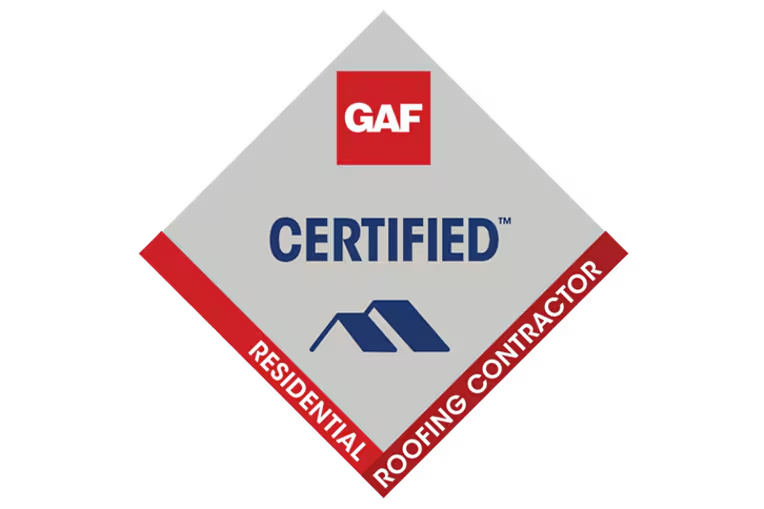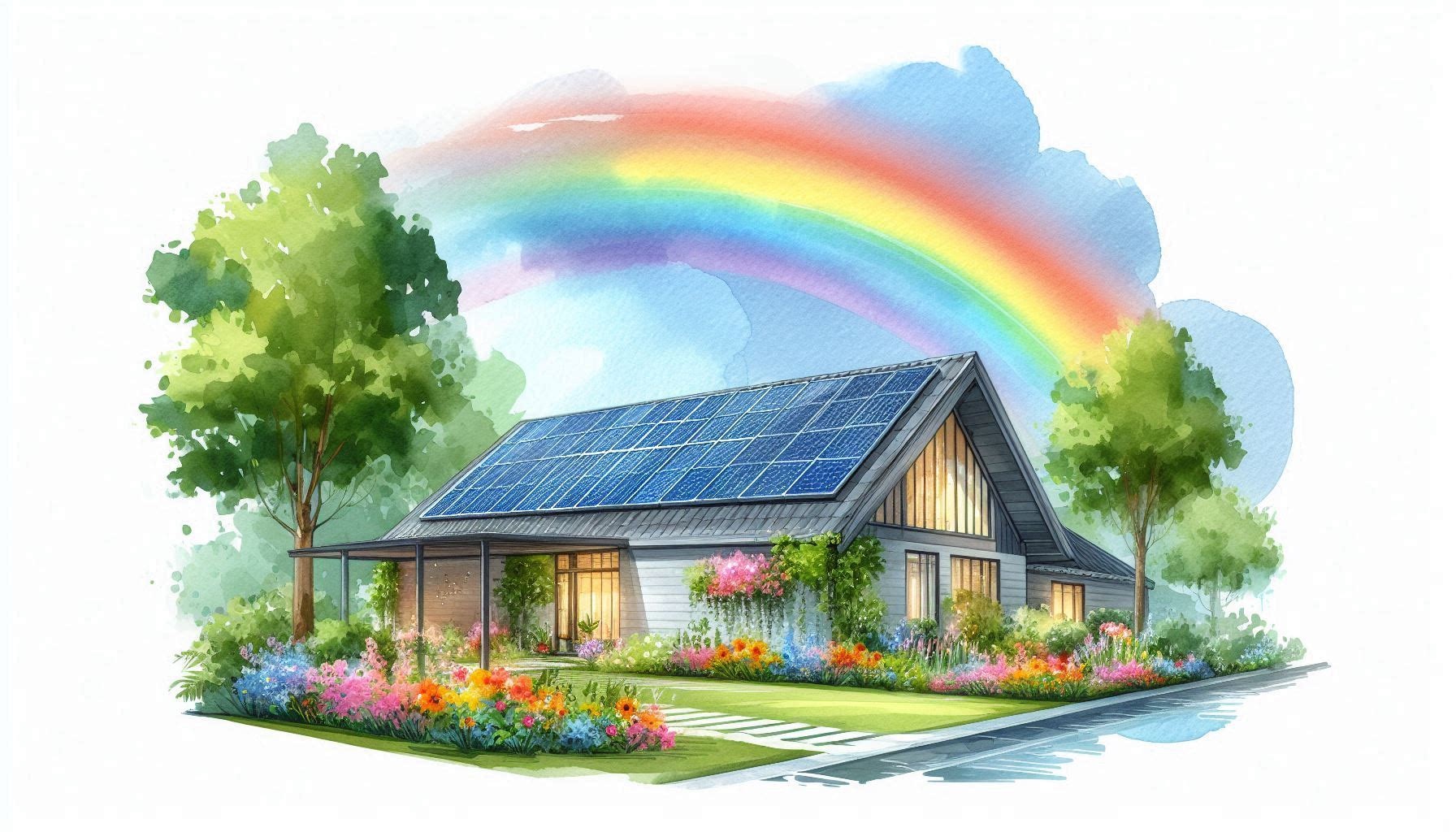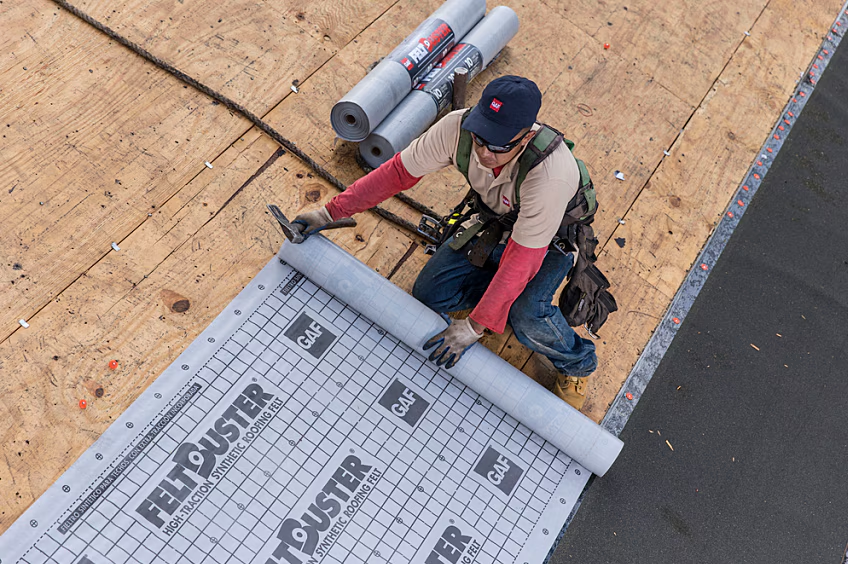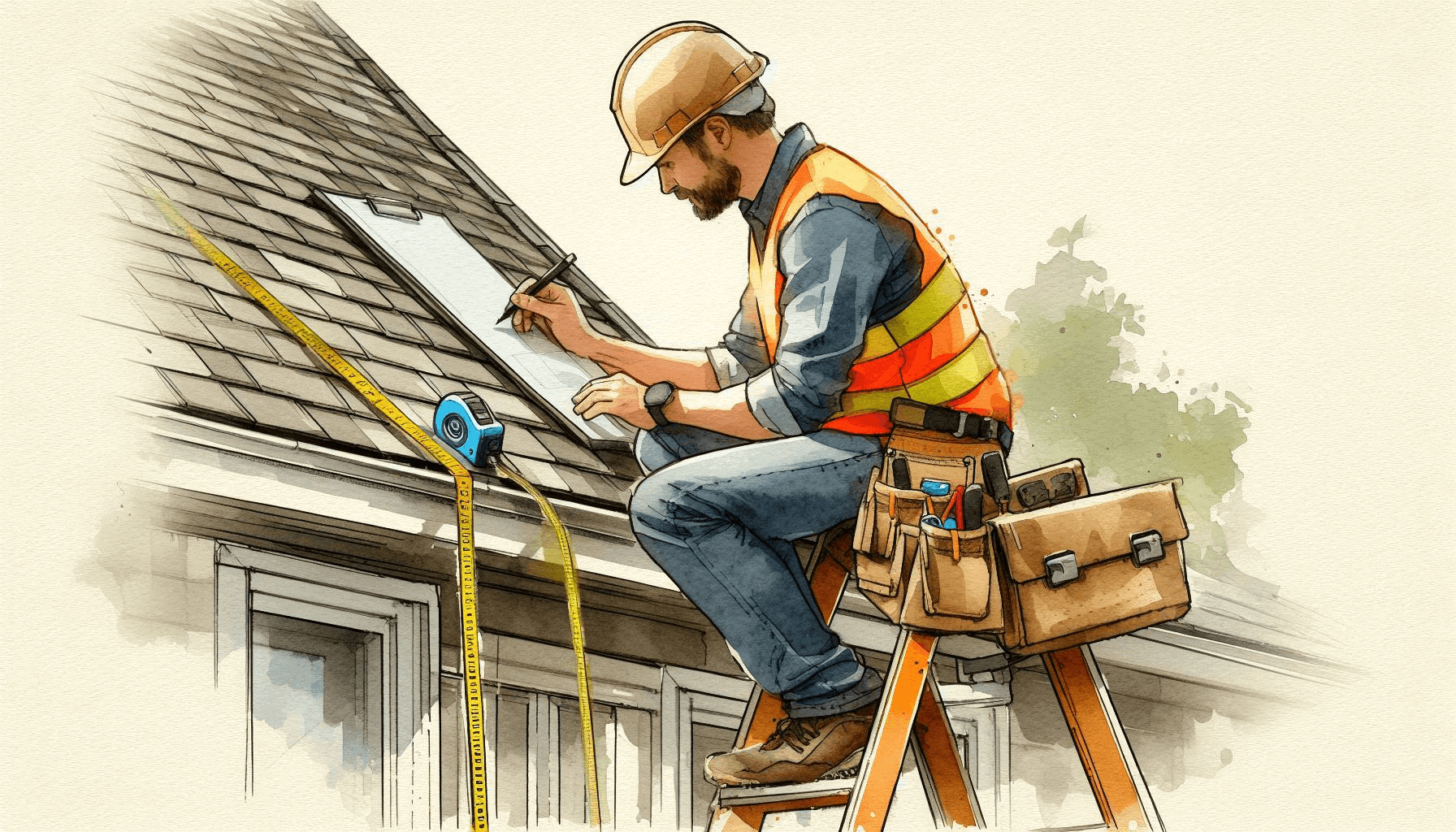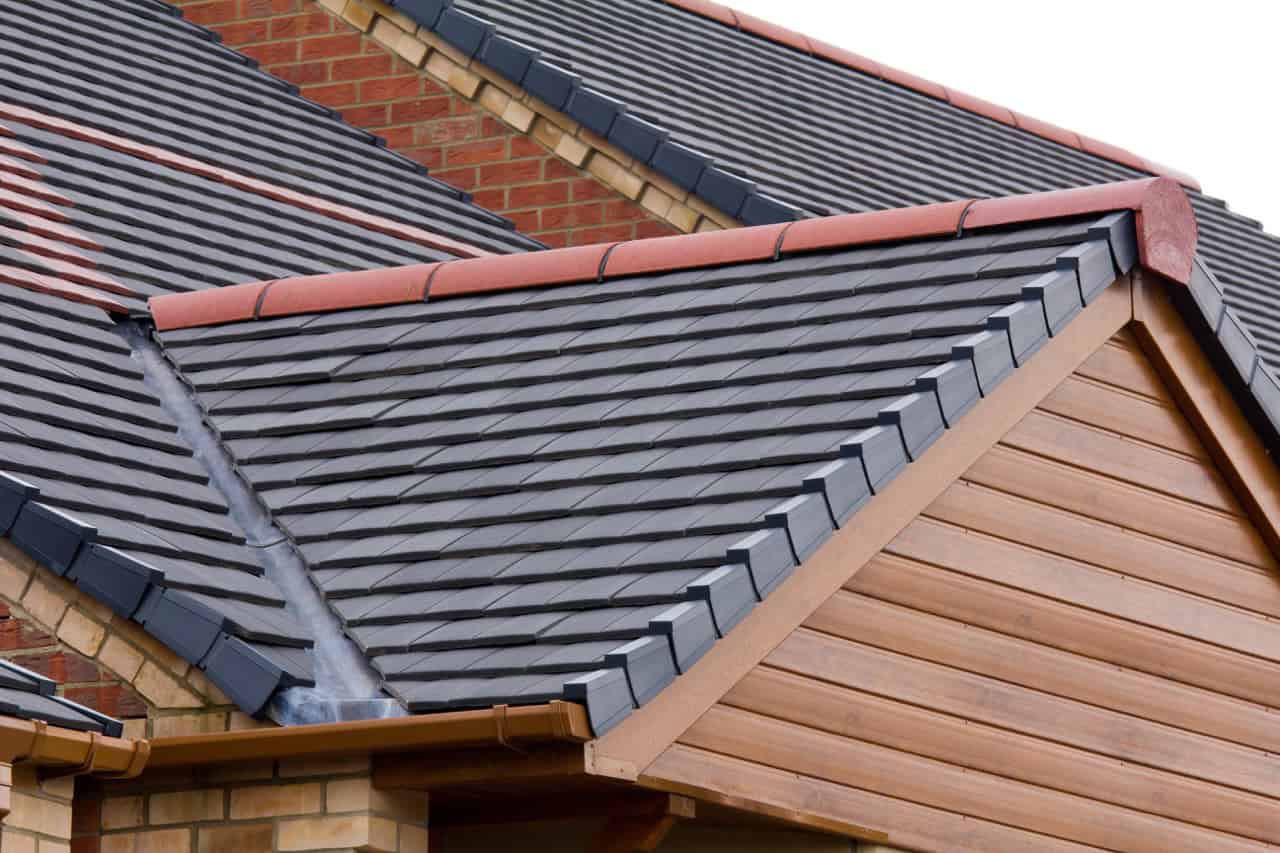Generally, the most energy-efficient roofing materials are metal, tile, and asphalt. Here’s how each of these materials differ.
When it comes to energy efficiency, metal roofing stands out as one of the top choices. Metal roofs are highly reflective, which helps to reduce heat absorption and keep your home cooler. They also have excellent insulation properties, making them effective in both hot and cold climates.
Other energy-efficient options include:
Tile Roofing: Both clay and concrete tiles provide great insulation and can be coated to enhance their reflectivity.
Commonly made from clay and slate, tile roofs are another energy-efficient option. Tile roofs are often seen in the Southwest, where daily temperatures can reach triple digits and the sun beats down most of the day. This roofing material sometimes comes preheated to help reduce heat absorption in sunny weather and high-temperature areas. You can also add coatings to the roof to further improve its reflectivity once it’s installed.
Cool Roofs: These are designed with materials that have high solar reflectance and thermal emittance, helping to keep the roof surface cooler.
A cool roof is made of a material or has a coating that can lower the roof surface temperature, decreasing the amount of heat transferred into a residential or commercial building. In general, traditional roofs absorb sunlight during the day, heating the building and the surrounding air. Roofs that are lighter in color or are reflective stay cooler than roofs that absorb sunlight.
What are the benefits of cool roofs?
- Cool roofs have several benefits for both for building owners and the environment.
- Keeping buildings cooler on hot days to improve indoor comfort and safety
- Reducing building air conditioning costs and reducing the strain on the electrical grid during peak energy demands
- Reducing the pollution and greenhouse gas (GHG) emissions associated with building energy use
- Decreasing roof temperature which can extend the life of the roof materials (slows degradation)
- Contributing to lower temperatures in the surrounding air which helps reduce the urban heat island effect in cities. EPA has detailed information on how cool roofs can help communities reduce heat island impacts and risks at https://www.epa.gov/heatislands
How much can a cool roof save me?
According to Lawrence Berkeley National Lab Heat Island Group on a typical summer afternoon a clean white roof that reflects 80% of sunlight will stay about 50°F cooler than a grey roof that reflects only 20% of sunlight.
In general, cool roofs work best (save more energy) in hot sunny climates, like the Southern U.S., on buildings with low levels of roof insulation. Energy savings for buildings with cool roofs in Northern climates are predicted to grow as the climate warms.
Asphalt Shingles: Some asphalt shingles are specifically designed to be energy-efficient, such as those with a high solar reflectance index.
While asphalt shingles are a popular choice across homes in the United States, they aren’t known to have a lot of solar-reflecting ability. That said, many new energy-efficient asphalt shingles are equipped with solar-reflecting granules.
Best Roof Colors to Reflect Heat
Light roof colors tend to reflect more sunlight and heat than darker colors. Popular light colors used for energy-efficient homes are white, light gray, and light brown.
White is the most effective roof color to reflect heat. According to the US Department of Energy, a white roof stays coolest because it can reflect anywhere from 60% to 90% of sunlight. Meanwhile, other products typically reflect 30% to 60% of sunlight. Darker colors tend to absorb more heat, with black roofs absorbing the most heat followed by brown and dark gray.
Shingles That Reflect Heat Regardless of Color
Though darker colors tend to absorb more heat, you may want a darker roof to match your home’s aesthetics. For example, if you want your home’s siding to stand out, a dark-colored roof is more favorable than a light one.
Today, you don’t have to decide between color and energy efficiency: modern shingles, like GAF cool roof shingles, can still reflect heat despite their dark shade.
As you have read, there are three main choices to pick from if your goal is energy efficiency. If you’re not sure if you roof is still energy efficient or not, schedule a free roof inspection from JHebert Roofing today!
